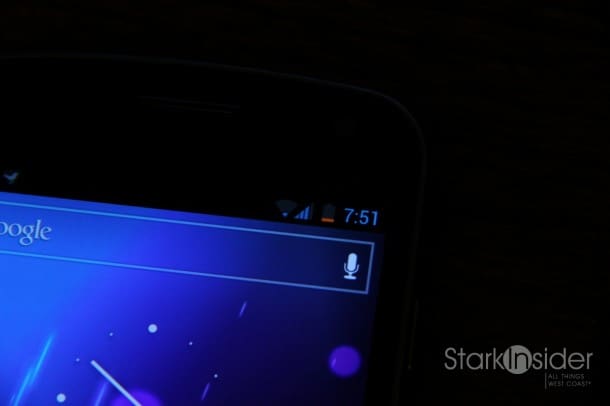With the Droid RAZR Maxx there is a glimmer of hope; that smartphone makers – with good ′ol Motorola leading the “charge” – have finally realized that battery life does matter to buyers. I know it certainly does to me, and I appreciate your (well tested) patience in allowing me to air my grievances here on multiple occasions. Call me crazy, but I believe a modern day cell phone should be able to get me through a reasonably active workday and still have enough juice left so I can Yelp my way across San Francisco later that evening.
Features vs. Power Management
Up until now, the trade-off has been in favor of features. I’m not one to complain about that: 4G LTE, 720p HD, 4.65-inch displays, dual-core processors, 5MP cameras, multi-tasking. To have all of this in your pocket would’ve been considered unthinkable genius just a few short years ago.
Today’s smartphone are packed to the gills with features. So much so that the focus is now on improving what we already have. Each year we see a few more megapixels added here and there, a faster processor paraded to mass hysteria, and increased display resolution all the better to enjoy Top Gear.
Now I wonder if we’ve reached a tipping point, where battery life could supplant features as the holy grail- albeit temporarily.
Could 2012 be the year of real Android battery life?
It’s not glamorous. Batteries are functional bits we never really think about until… they unexpectedly run out; typically as we’re just about to finish a clever Tweet involving Jeremy Clarkson, Paula Deen, and Anthony Bourdain. But forget about all of that great Android muscle. It’s all for naught if the battery is not up to the task.
Why the poor battery life?
You can blame 4G, Android, apps, the larger displays, and a myriad of other possibilities. Likely they’re partly responsible. The Samsung Galaxy Nexus may just be the poster child of a tantalizing phone that is brought to its knees by its inability to hold a charge. Google “Nexus Battery” and you’ll find no short shortage of (often conflicting) commentary.
Then there is the mobile arms race. Battery life doesn’t typically sell devices. HD, megapixels, and processing power are more akin to Droid Does. Product plans ensure that each new device has a killer feature that the marketing team can wrap themselves around. Hence, engineers spend less time on power management.
2012 – A tipping point
Fortunately, there are signs that this hindrance to mobile productivity everywhere could be abating.
It’s name?
Maxx.
As in Motorola RAZR Maxx. The new Android smartphone was unveiled at CES. We’ve seen the phone before, in thinner guise, when Moto launched it late last year to much deserved fanfare. It’s a gorgeous phone. And I’ll be damned if I don’t feel a wee bit of domestic pride holding the thing – American designers nailed it. The kevlar backing. The understated chrome accents. The thin dimensions (only 7.1mm!). Maxx is slightly thicker, but I wonder how many of you will choose it over its older, svelte sibling?
This morning I read that Motorola could be putting some marketing muscle behind a battery-related marathon to promote Maxx. I might seem innocuous, even boring. Again, with the battery! Think of it as a test of consumer sentiment, no doubt as Motorola is doing. If we – the Android buying public – buy into the idea that it matters, and we buy Maxx to the max, then expect more of the same throughout the year.


